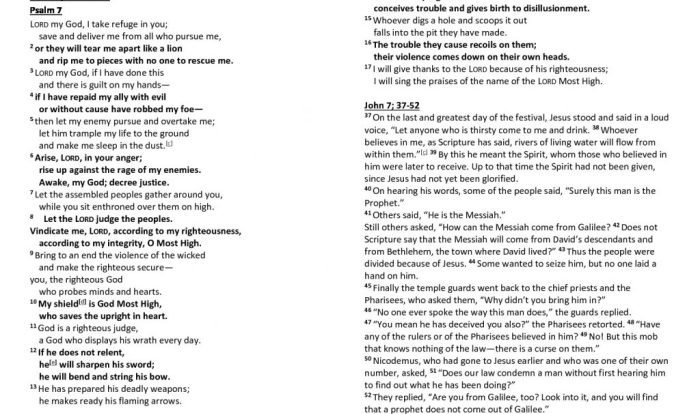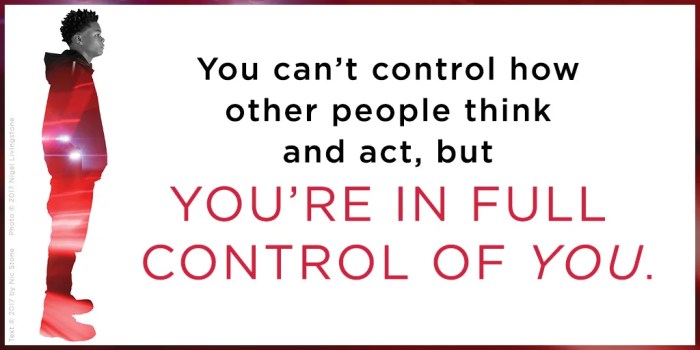Embark on a literary journey with our comprehensive To Kill a Mockingbird plot diagram. Dive into the intricacies of Harper Lee’s masterpiece, uncovering the conflicts, climax, and resolution that shape this timeless tale.
From the quaint town of Maycomb to the poignant themes of justice and prejudice, our analysis unveils the narrative arc that has captivated generations of readers.
Introduction
“To Kill a Mockingbird” by Harper Lee is a classic American novel that explores themes of racial injustice, childhood innocence, and the loss of innocence. It is widely regarded as one of the greatest American novels of the 20th century and has been translated into more than 40 languages.
The novel’s enduring popularity and critical acclaim stem from its timeless themes, compelling characters, and evocative prose.Analyzing the plot diagram of “To Kill a Mockingbird” provides a deeper understanding of the novel’s structure, character development, and the author’s intended message.
By examining the key events and their relationships to one another, we can gain insights into the novel’s central conflicts, the characters’ motivations, and the overall arc of the story.
Significance of the Plot Diagram
Understanding the plot diagram of “To Kill a Mockingbird” helps us:
- Identify the novel’s main events and their significance.
- Trace the development of the characters and their relationships.
- Analyze the author’s use of foreshadowing and symbolism.
- Draw connections between the novel’s events and broader social and historical contexts.
- Appreciate the novel’s overall structure and coherence.
Exposition
The exposition of To Kill a Mockingbirdestablishes the setting, characters, and initial conflict that drive the plot forward. The story takes place in the fictional town of Maycomb, Alabama, during the 1930s, a time of racial tension and social inequality.
The protagonist, Scout Finch, is a young girl who lives with her father, Atticus, a respected lawyer, and her older brother, Jem. The family is part of the town’s white community, but Atticus’s decision to defend Tom Robinson, a black man accused of raping a white woman, brings them into conflict with the town’s racist attitudes.
Setting
The setting of To Kill a Mockingbirdplays a crucial role in shaping the plot. Maycomb is a small, conservative town where racial segregation and prejudice are deeply ingrained. The town’s social hierarchy is clearly defined, with white people at the top and black people at the bottom.
This setting creates a hostile environment for Tom Robinson and foreshadows the challenges he will face during his trial.
Characters
The characters in To Kill a Mockingbirdare complex and well-developed. Scout Finch is a curious and intelligent young girl who serves as the narrator of the story. She is often at odds with the social norms of her time, but she learns important lessons about justice and equality through her experiences.
Atticus Finch is a respected lawyer who is known for his integrity and compassion. He is a strong advocate for justice, even when it is unpopular. Tom Robinson is a black man who is accused of raping a white woman.
He is innocent of the crime, but he is convicted by an all-white jury.
Initial Conflict
The initial conflict of To Kill a Mockingbirdis the trial of Tom Robinson. Atticus Finch’s decision to defend Tom brings him into conflict with the town’s racist attitudes. The trial is a major turning point in the story, and it forces the characters to confront the issue of racial inequality.
Rising Action
The rising action of To Kill a Mockingbirdcomprises a series of significant events that heighten the tension and build anticipation towards the climax. These events revolve around the trial of Tom Robinson, an innocent black man falsely accused of raping a white woman, Mayella Ewell.
The rising action unfolds through various conflicts and obstacles faced by the characters. Atticus Finch, a white lawyer, courageously defends Tom despite the town’s racial prejudice and the opposition he faces from the Ewells, a poor and spiteful family.
Scout’s Growing Awareness of Injustice, To kill a mockingbird plot diagram
As the trial progresses, Scout, Atticus’s young daughter, witnesses firsthand the systemic racism and prejudice prevalent in her community. Her growing awareness of the unfair treatment faced by Tom and other African Americans deepens her understanding of the complex social issues at play.
Climax
The climax of To Kill a Mockingbird occurs when Tom Robinson is convicted of raping Mayella Ewell despite overwhelming evidence of his innocence. This turning point intensifies the conflict by highlighting the racism and prejudice that pervade Maycomb society.
Impact on Characters
Tom’s conviction devastates Atticus, who had tirelessly defended him. It also deeply affects Scout, who witnesses the injustice firsthand and begins to question the values she has been taught. The climax forces the characters to confront the harsh realities of their society and grapple with the consequences of prejudice.
Impact on Plot
Tom’s conviction sets the stage for the novel’s resolution. It triggers a series of events that lead to Bob Ewell’s death and the revelation of his true nature as Mayella’s abuser. The climax ultimately resolves the conflict by exposing the hypocrisy and injustice of Maycomb society.
Falling Action: To Kill A Mockingbird Plot Diagram
Following the climactic trial, the novel enters its falling action, where the aftermath of the events and the resolution of the conflicts unfold.
The falling action in To Kill a Mockingbirdis characterized by a series of events that gradually resolve the central conflicts and bring about character development.
Aftermath of the Trial
- Tom Robinson is unjustly convicted and sentenced to death.
- Atticus Finch and his children face prejudice and hostility from the community.
- Scout and Jem grapple with the complexities of race and justice.
Character Development
The falling action also showcases significant character development, particularly in the children.
- Scout matures and gains a deeper understanding of the world.
- Jem confronts his own prejudices and learns the importance of empathy.
- Dill Harris returns home, carrying the lessons he has learned in Maycomb.
Resolution of Conflicts
The falling action culminates in the resolution of several conflicts.
- Tom Robinson’s death leads to a realization of the deep-seated racism within Maycomb.
- The children’s experiences help them to overcome their own prejudices and to embrace diversity.
- The novel ends with a sense of hope and reconciliation, as the children move forward with a newfound understanding of the world.
Resolution
The resolution of To Kill a Mockingbirdbrings the novel to a close and ties together the plot elements and conflicts that have been developing throughout the story. The trial of Tom Robinson, the central conflict of the novel, ends with Tom being convicted of rape and subsequently killed while attempting to escape prison.
This tragic outcome highlights the racism and prejudice that are prevalent in Maycomb, Alabama, and serves as a reminder of the devastating consequences of injustice.
Despite the tragic outcome of the trial, the novel ends on a note of hope and redemption. Scout Finch, the novel’s protagonist, learns valuable lessons about empathy, compassion, and the importance of standing up for what is right. She also comes to understand the complex nature of human nature and the fact that even the most flawed people are capable of both good and evil.
Lessons Learned
- The importance of empathy and compassion.
- The need to stand up for what is right, even when it is difficult.
- The complex nature of human nature.
- The importance of forgiveness.
- The power of hope.
The resolution of To Kill a Mockingbirdleaves a lasting impact on the reader, reminding us of the importance of fighting against injustice and standing up for what is right. The novel’s themes of racism, prejudice, and the power of hope continue to resonate with readers today, making it a timeless classic that has had a profound impact on American literature and culture.
Essential FAQs
What is the significance of the climax in To Kill a Mockingbird?
The climax serves as a turning point, intensifying the conflict between prejudice and justice. It forces the characters to confront their beliefs and grapple with the consequences of their actions.
How does the falling action contribute to the resolution?
The falling action provides a sense of closure by resolving the immediate conflicts and exploring the characters’ growth and development. It allows the reader to reflect on the lessons learned and the lasting impact of the story.


